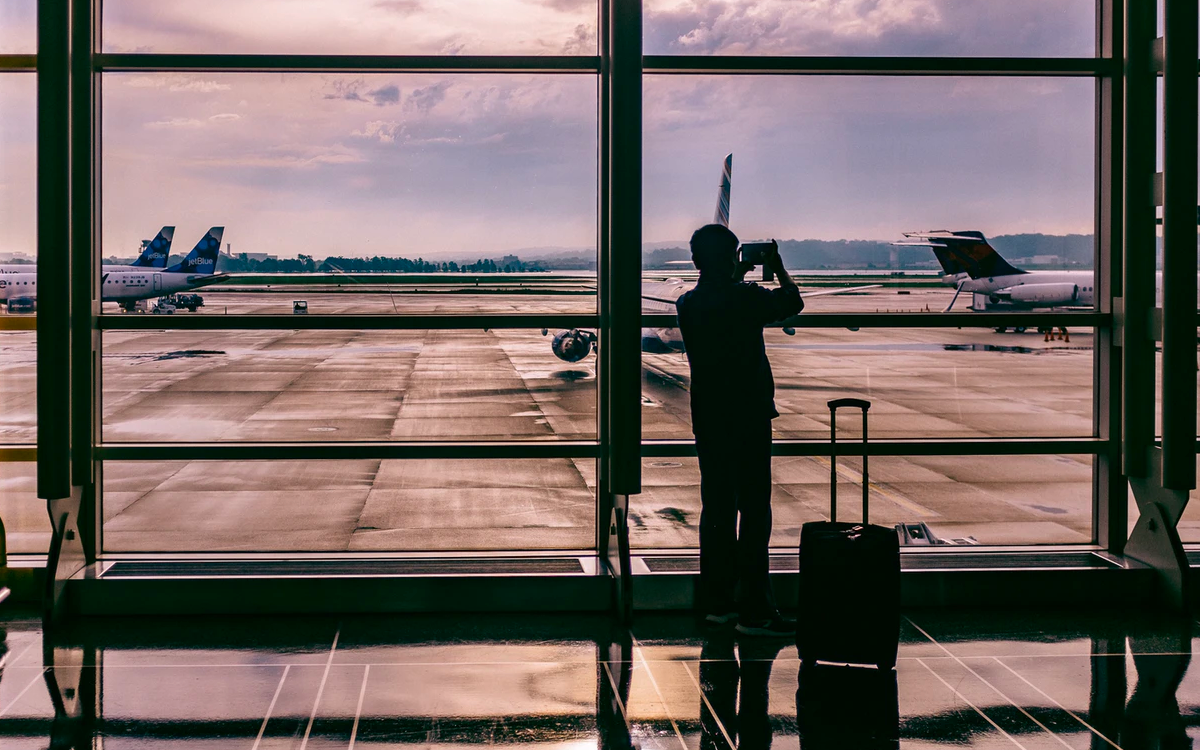Travel and leisure consumers are naturally on-the-go. Whether a person is visiting for business or pleasure, they’re increasingly reliant on their mobile devices to navigate, book transit, make reservations, arrange entertainment, connect with friends, and so on. With these capabilities in the palm of their hand, why would someone opt to station themselves at one location and open their laptop? If there’s no need to stop what they’re doing, most people would choose to keep going. Although mobile is the device of choice, 54% of leisure travellers and 69% of business travellers say that mobile limitations or usability are their main reasons for booking on another device.
To increase bookings on devices, brands need to fine-tune their own mobile presence. This means optimising their advertising campaigns to divert to mobile screens and ensuring the user is unobstructedly able to convert from the moment they land on the homepage.
Optimise all stages of the booking process for mobile users
Most travel and tourism brands already have a mobile-friendly website however, they often divert the user to a third party booking engine which is not optimised for mobile and provides a subpar experience.
Ensuring a smooth and seamless user journey throughout all stages of a website, across all types of devices, is a growing necessity. Brands that embrace mobile browsing behaviour with personalised content and seamless payment options facilitate more mobile conversions, prevent cart abandonment and boost ancillary revenue. 88% of travellers with smartphones would switch to another website or app if one doesn’t satisfy their needs. At this stage, businesses are at high risk of losing this customer to a competitor.
Make it easy for users to search for content on your website
Mobile is the dominant channel for hotel searches, according to a report from Google and Sojern. This is especially true in the economy and midscale segments with 73% and 62% of all searches performed on mobile, respectively. Brands across travel and leisure need to take heed, and make it easier for users to search their offerings on mobile, with tailored user journeys and optimised content. If images don’t load properly on phones and key buttons aren’t visible, users are more likely to search for an alternative option rather than wait. Brands must take all measures to ensure that the convenience of viewing a website on mobile doesn’t come at the cost of great user experience because, ultimately, it’s the business that will be paying the price.
Have an SEO strategy to ensure visibility
With the increase in mobile searching, the travel customer’s journey is hinged on the ability to research, discuss and share information, recommendations and reviews. The most effective approach to travel SEO takes into account all stages of the process, ensuring a business is at the forefront of the customer’s mind as they’re seeking inspiration, planning the trip, making the booking, and then throughout continued research.
It’s a long tail strategy involving tweaking the website’s code, as well as executing marketing tactics to target highly specific phrases, such as ‘dog-friendly hotels in the Lake District’, or ‘short family break in London’. Tactics to improve brand rankings, link building and digital PR are also all-important to heighten visibility and establish trust.
Tailor ad campaigns to mobile users when it counts
Moments of urgency, such as when travellers feel like they could miss out on a good deal or need to extend a trip, makes people extremely likely to book on their phone. In fact, up to 80% of last-minute bookings are made on mobile devices, which presents an opportunity for any business in the travel and leisure space to send targeted messages. It’s crucial to make these offers comprehensive on mobile and easy to book on a whim. When crafting an ad campaign to suit this scenario, it’s best to apply logic to tap into the psychology of the consumer whenever possible. For example, when it comes to beach holidays, the majority (79%) start their journey unsure of where to go and more than half (53%) are influenced by the temperature.
Smart marketers will use this insight to create a campaign for when it’s raining in the UK and bring users to a landing page displaying high temperatures and sunny skies, prompting them to book a getaway.
Get an app
Travellers are moving beyond mobile-friendly websites and turning to apps as their ultimate platform of choice. It all comes down to usability and customer journey. Even mobile-optimised websites are generally falling behind native apps, despite best efforts.
Travel apps are usually downloaded via a trusted, unbiased provider which makes it easy for users to research options, find reviews, check rates, and make a booking. Apps also store all prudent information within one space and send push notifications, so there is no need to continuously check status dates or switch between screens or programmes to retrieve a booking reference, passport number, confirmation code, etc.
Although many apps require internet connectivity to perform their tasks, some can be accessed anywhere at any time, which is a big bonus for travellers. Being featured on a third-party app like Booking.com, Expedia or Kayak definitely has advantages for brand awareness and referral, but it’s even better if a brand can create its own app and establish an active userbase, like the Hilton Honors, Airbnb or Priority Pass.
More Insights?
View all InsightsQuestions?
Head of Marketing, EMEA






